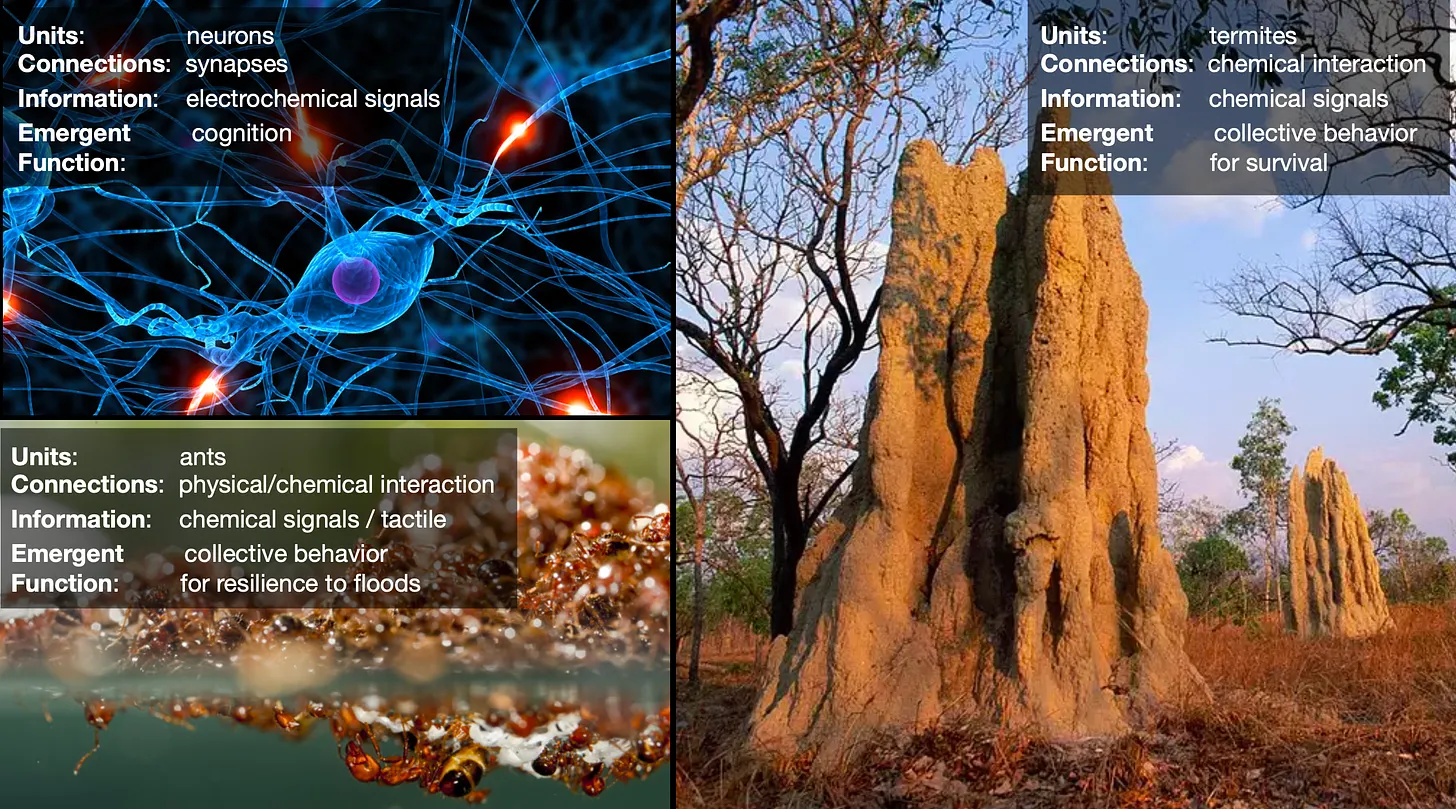Saturday, February 17, 2024
Toward first artificial plant genome
Researchers have crafted synthetic genomes for several types of bacteria, and an 18-year-long project to do the same for brewer’s yeast is close to completion. Now, a group in China has tackled a multicellular organism, synthesizing part of the genome of a type of moss.Full news article at Science.


Labels: #artificialGenome, #genomics, #SyntheticBiology
Friday, February 02, 2024
Diversity of information pathways drives sparsity in real-world networks
"What if the same physics that governs quantum particles could also explain the peculiar patterns observed in protein-protein interactions, in complex brains, in social relationships, in the Internet infrastructure or the intricate web of air traffic routes? This is not science fiction: it is a mathematical framework, based on thermodynamics and information theory, that has been used for decades to describe entanglement in quantum systems." See an explanation in the great Complexity Thoughts newsletter and the full paper at Nature Physics.


Labels: #ComplexSystems, #information, #thermodynamics
